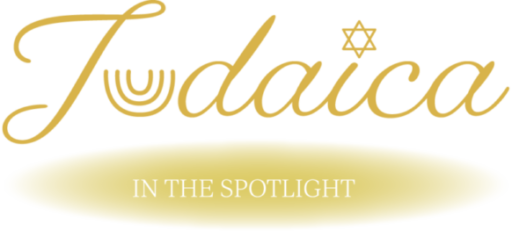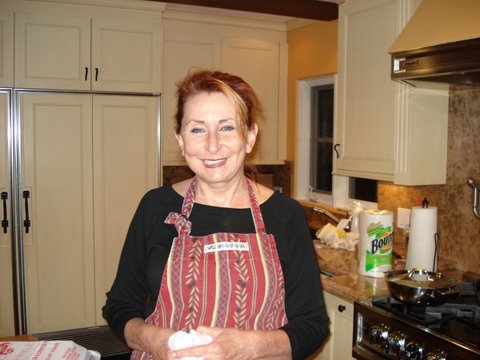
Retrieving, archiving, codifying, the mystical, flavorful, and journeyed cuisine of Sephardic Jews is what Linda Capeloto Sendowski describes as her life’s mission. Born in Seattle, Linda Kadoon (Louise) Capeloto ‘s parents were both second generation American Sephardim (plural for Sephardic). In other words, the first generation born on American soil after leaving Greece and Turkey.
The Capeloto family’s ancestors settled on the Greek island of Rhodes and the coast of Turkey from Istanbul south after leaving Spain during the Inquisition of 1492 and subsequent years. Traveling once again to avoid unfavorable political winds both sides of Linda’s family settled in a very rustic and still developing, Seattle around 1909-1910. Living in Seattle, although a bit colder than Rhodes, afforded the family a wealth of fresh local produce and seafood from which to reproduce their cuisine.
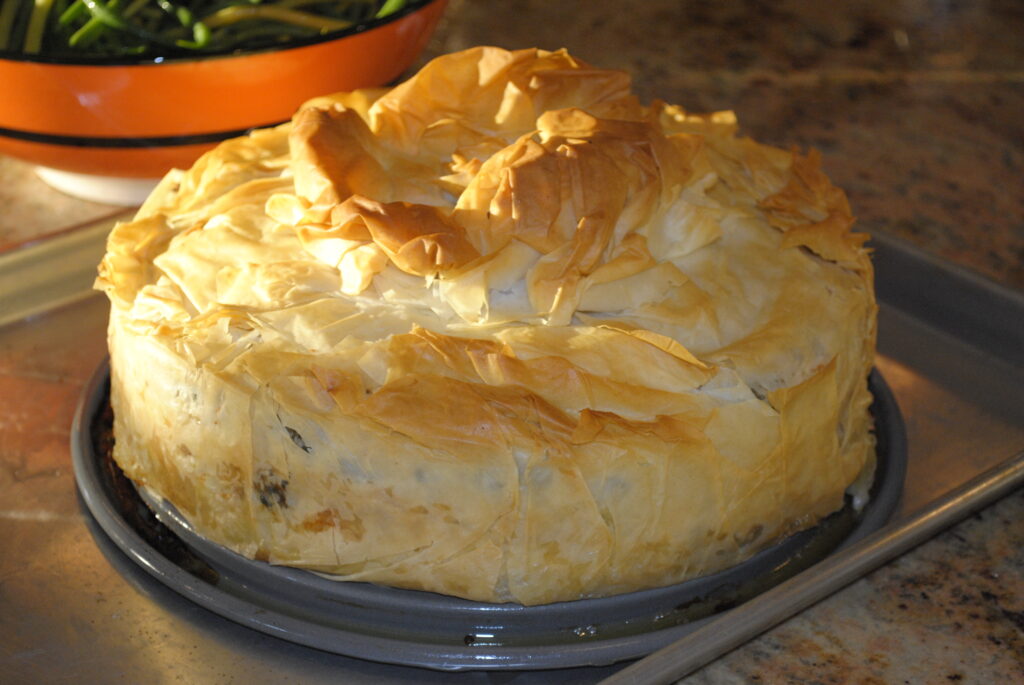
The rich flavorful Mediterranean cuisine Linda grew up eating at home gave her a lifelong love of cooking, preparing, and entertaining. Growing up in a religious home meant preparing ritual dishes dictated by the Jewish calendar throughout the year, such as Shabbat dinner, Passover Seder, Rosh Hashanah Dinner, and Purim Plates.
Linda moved to Los Angeles to attend graduate school at UCLA and there met and married her husband. While her two children were attending school, she discovered the ability to teach cooking and write recipes. Linda became an ardent PTA fundraiser for her children’s schools. She volunteered to teach for The Sephardic Hebrew Academy (later known as Maimonides Academy) PTA fundraising. Linda expanded her volunteering into classes for other charities such as Jewish Family Service, Gramercy Homeless Shelter, Hadassah and The West View School (for children with learning disabilities).
In July 2009 after attending and being inspired at the annual food writer’s symposium at The Greenbrier Resort for the second time, Linda launched her first post on her new blog The Boreka Diary. Beyond recipes from her own background she has posted many other recipes from Ashkenazi Jewish to different Ethnic food from a kosher perspective.
During the last few years Linda has developed Sephardic and other favorite recipes from her kitchen, her family and the community. Some of her personal recipes were featured in a Washing Post piece for Thanksgiving 2011. The Washington Post featured Linda again for Passover recipes in April 2012. Linda has been published in The Seattle Times, San Diego Jewish World, The Saint Louis Jewish Light and some other publications. More recently Linda was mentioned in a New York Times article on Challah Baking at the end of 2015. At the end of 2015 Linda’s first cookbook was published titled ‘Sephardic Baking from Nona And More Favorites’.

Linda is involved with STTI Sephardic Temple Tefereth Israel teaching occasional cooking classes and helped write a new temple cookbook. Sephardic Heritage Cookbook which represents the diverse membership of the Pan Sephardic community, including Spanish backgrounds, Mizrahi Jews and Persian Jews. The latest project through the Temple is a proposal to produce a cooking show for Jewish Life Television, JLTV, which Linda would host.
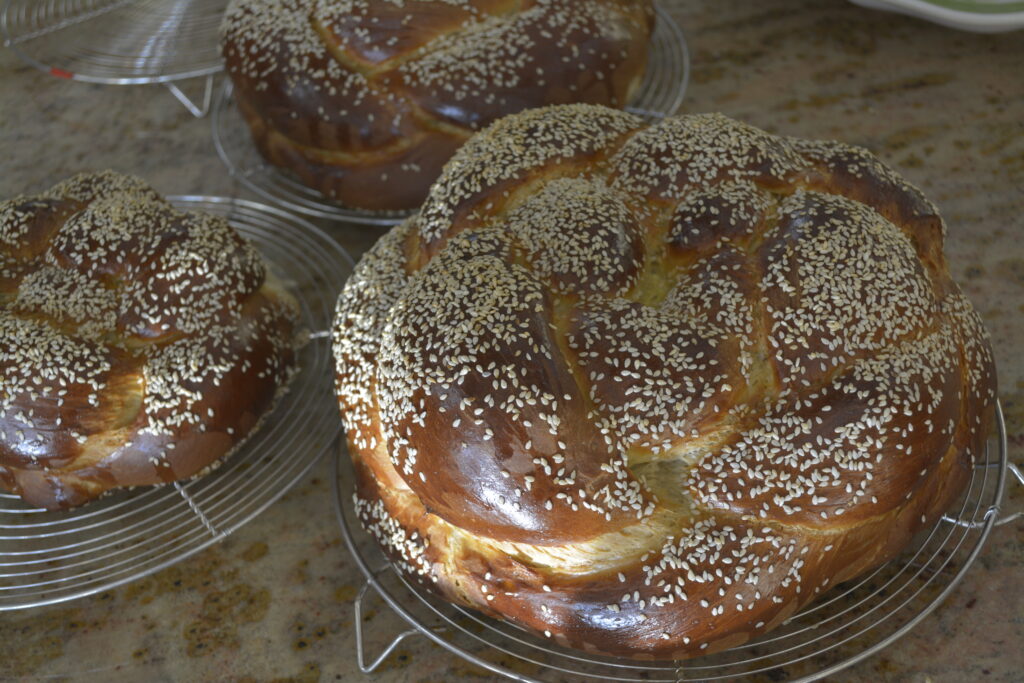
Linda is a self-taught home cook, learning from her mother and grandmother. She has attended classes from various culinary schools to further her knowledge. Linda has a flair and style of cooking and entertaining famously and generously. Many of her fans send emails or blog comments that they would like to be invited to dinner at her home.
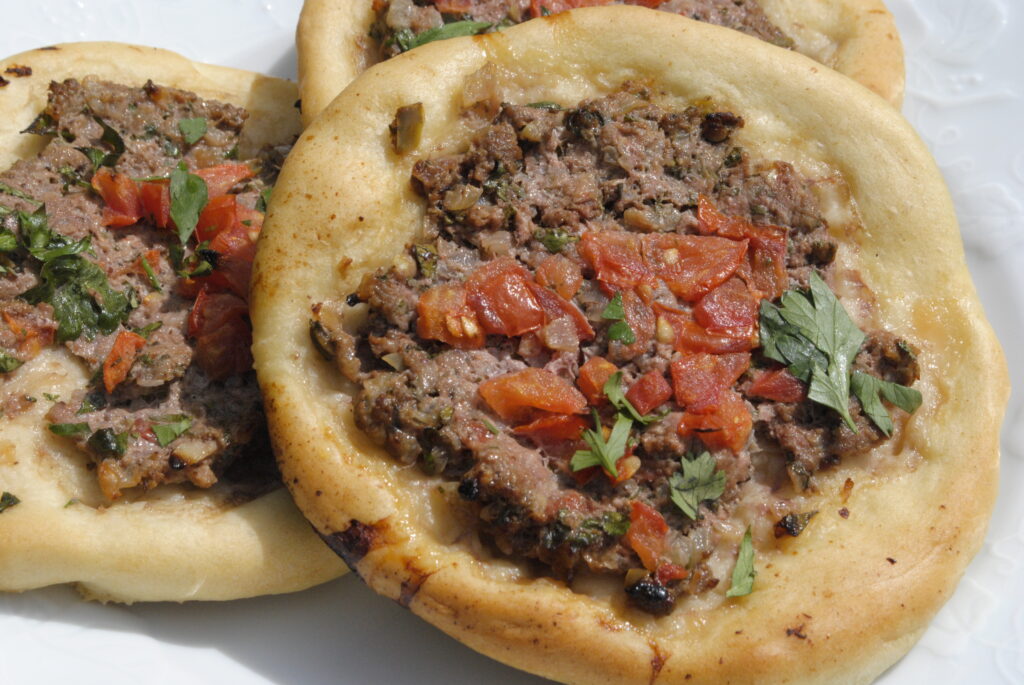
When did your passion for cooking begin?
As a young girl, we helped prepare in the kitchen in my parents’ home, canning fresh fruit, cracking and removing nutmeats from the shells, grating cheese. My mother always had something hot coming out of the oven when we came home from school, especially on Fridays. My mother always gave us a piece of dough to shape our own, bread, cookie, or stuffed pastry. We also had a garden and ate what we grew, an exciting thing for young children.
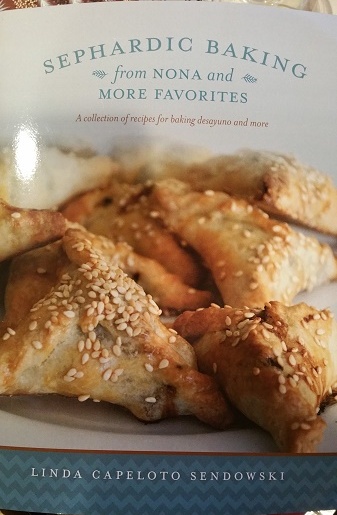
What inspired you to write Sephardic Baking from Nona and More Favourites?
I wanted to preserve my beautiful heritage and my happy memories by measuring and writing recipes and customs down before they would be gone forever. I also wanted to pass on my successful endeavours in my kitchen to my family.
How long did it take you to write your cookbook?
That is a difficult question, I am an organized person by nature and with that, I had started saving recipes and memories in my computer long before I ever conceived of the notion of a book. Once I realized that I should write a book, I started editing and writing more.
What did you enjoy most about writing your cookbook?
The chance to recheck all the recipes with my family audience, re-cook them, and modernize them. Adding little stories about the memories I associated with each one such as what holiday a certain dish was served at or what my mother used to say to us or my grandma. I also enjoyed sharing and asking my siblings and friends opinions. The best thing was expressing myself on paper, bringing up the emotion and reverence that these dishes inspire in me.
There are many recipes in your book, which one is your favourite?
Hands down Borekas, the name sake of my blog.
How did you decide which recipes to include?
I looked at the book overall and decided based on variety, my favorites, most popular, most classic and surprisingly color and presentation.
Are there any ingredients you are particularly excited about?
This is a baking book so there is a lot of flour and water, but the fact that there is such a wide variety of cheese available is incredible for kosher bakers.
Which dish would you recommend to someone who has never tried traditional Sephardic cuisine before?
A Boreka
Where can we find your cookbook?
My book is sold on Amazon.
